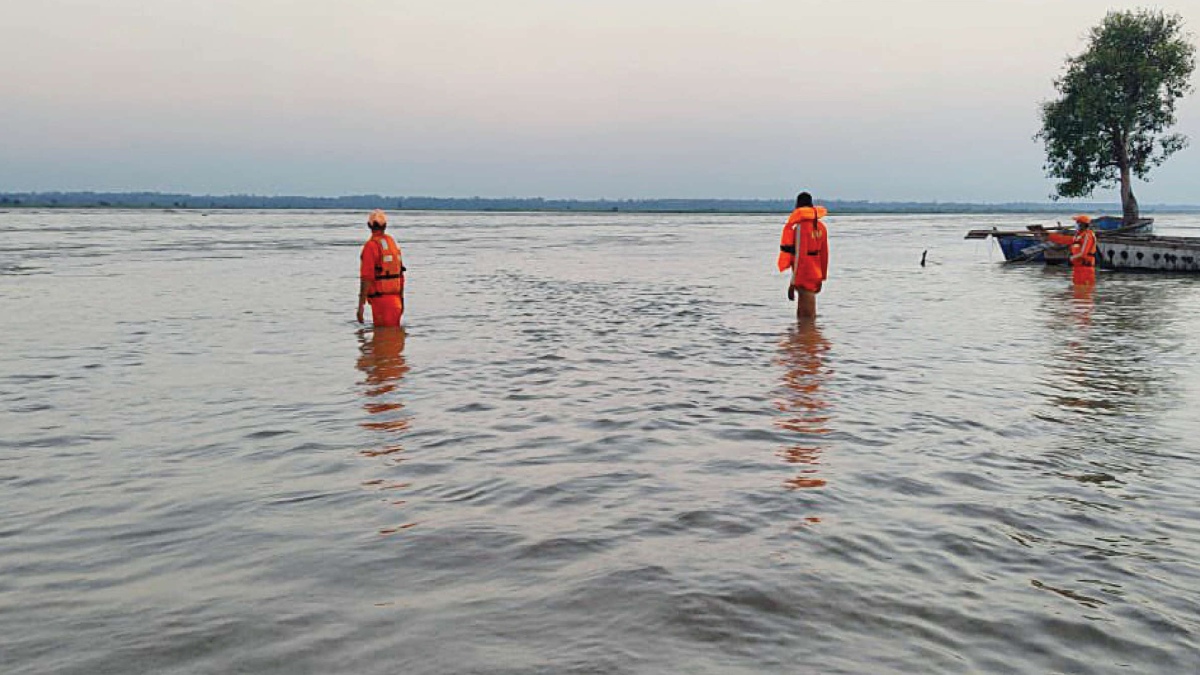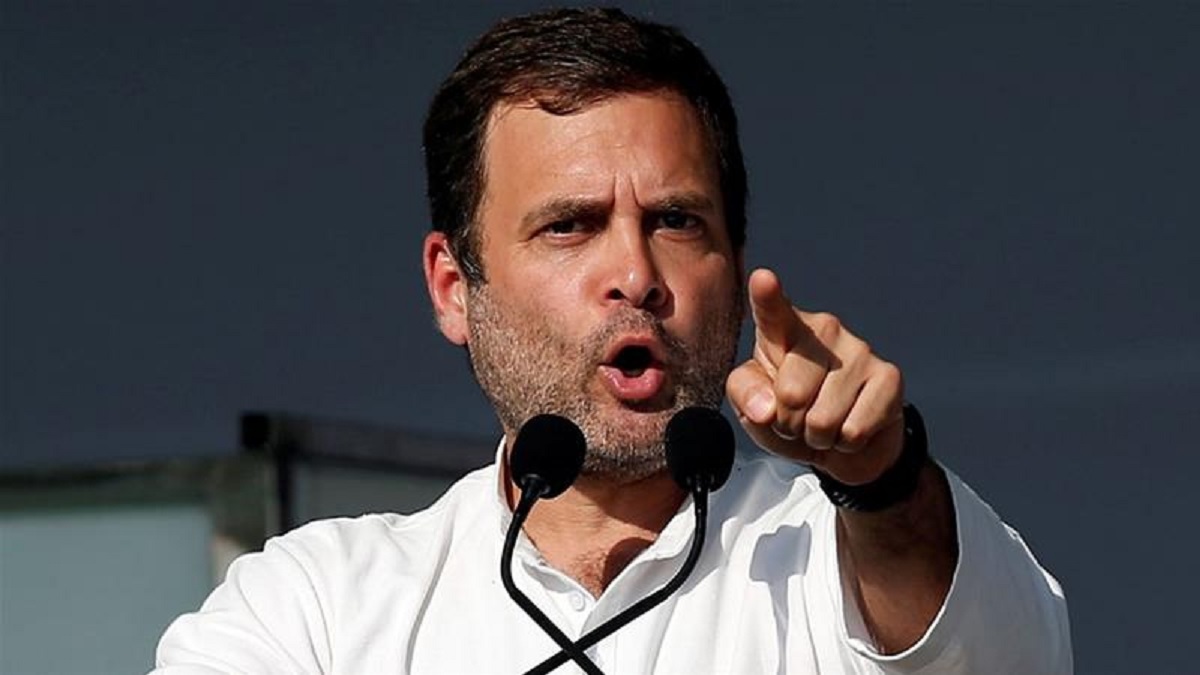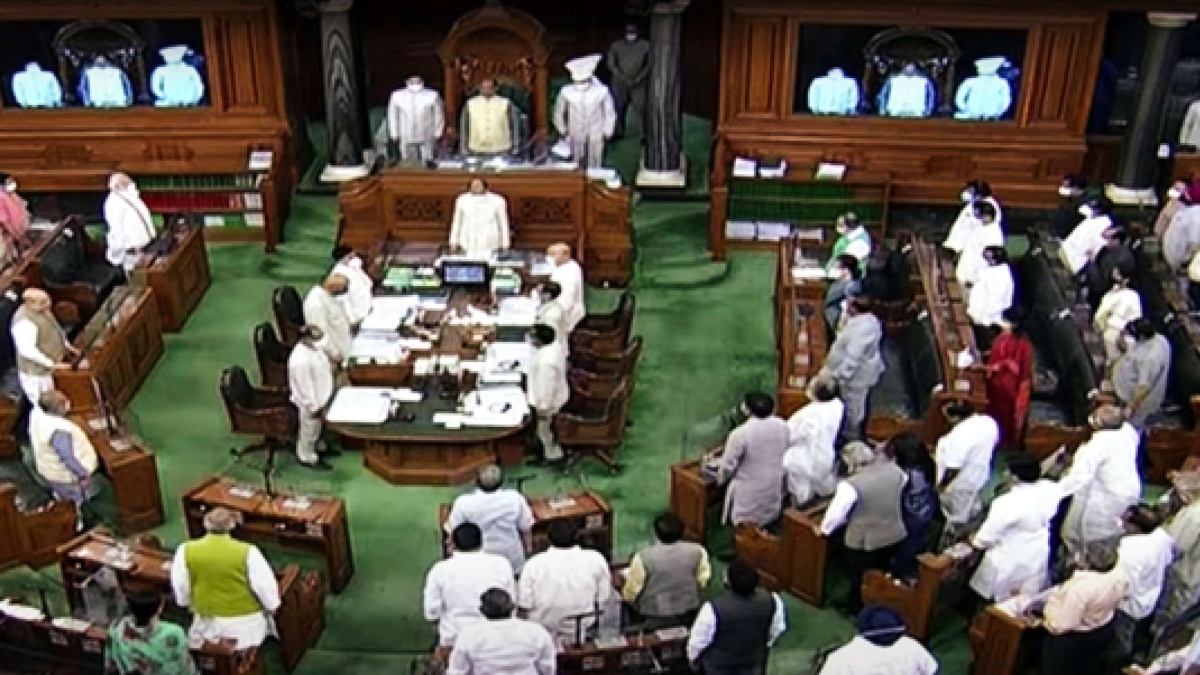In an unprecedented achievement, the cumulative Covid-19 vaccine doses administered in the country surpassed the mammoth 100 crore milestone on 21st October 2021. In a tweet, Prime Minister Shri Narendra Modi congratulated the countrymen and expressed gratitude to the country’s scientific community and health professionals for working towards achieving this stupendous feat,in his typical characteristic style,completely being modest about his own superior leadership,which eventually delivered,when it mattered the most.India’s recovery rate currently stands at 98.15%. Recovery rate is currently at its highest peak since March 2020.The active caseload is only 1.79 lakh cases,the lowest in the last 221 days.Active cases presently constitute 0.52% of the country’s total positive cases, which is again,the lowest since March 2020. India has so far conducted over 59.57 crore cumulative tests.
Weekly positivity rate at 1.34% remains less than 3% for the last 118 days in a row. The Daily positivity rate at 1.48% has remained below 3% for last 52 days and below 5% for 135 consecutive days in a row, now.India is only the second country globally after China to reach the 100 crore milestone. But the basic difference between the two nations is accessibility to related data.China claims to have vaccinated over 2.23 billion individuals. It even claimed last month of fully vaccinating over 100 crore people but there is no open-source data accessible to validate it. China even asserts that it has produced more than half of the world’s Covid vaccines so far,which is absolutely false and nothing but a frivolous claim by the CPC to reclaim lost ground,after reports have emerged that the Wuhan virus was engineered and incubated in a laboratory in China.
On January 3rd this year, India gave emergency-use approval to Covishield and Covaxin. Covishield is a two-shot Covid vaccine developed by AstraZeneca-Oxford University. Pune-based Serum Institute of India is its major producer. On the other hand, Covaxin, also a two-shot vaccine, is completely an indigenous achievement. It is developed by Hyderabad-based Bharat Biotech,in collaboration with ICMR.Covishield is a viral vector vaccine using an adenovirus or common cold virus found in chimpanzees. The vaccine has an efficacy rate of 70% but, when both doses are given 8 to 12 weeks apart, it can go up to 91%. Covaxin also uses an inactive viral strain (killed coronaviruses) and has a 77.8% efficacy rate.India,under Prime Minister Modi, started its vaccination drive on January 16,2021, targetting healthcare workers. Other frontline workers were added as intended beneficiaries in February.In April 2021,India approved the third vaccine made by Russia’s Sputnik V and opened the vaccination drive to everyone above 45 years.
On May 1,2021, India opened its vaccination drive for all adults. On June 12,2021, the country crossed the mark of administering 25 crore doses,in 148 days from January 16th,when the vaccination drive had begun. From June 21,2021,the Modi government announced free vaccines for everyone in the 18-44 age group,in a landmark decision.
World’s first DNA-based Covid vaccine by the Indian pharmaceutical company Zydus Cadila was approved on August 20,2021. It is a three-shot vaccine and the population base above 12 years of age can be innoculated with it. It is expected to hit the markets soon.
On August 26,2021,the country reached the mark of giving at least one jab to half of its 94 crore adult population.September 13,2021, saw the country crossing the 75 crore total vaccination mark. On September 17, the country, for the first time, crossed the ‘two crore doses a day’ mark and in fact became only the second country after China to achieve it. Over 2.15 crore jabs were given that day.On September 18, 2021,India achieved the mark of fully vaccinating 20 crore adult individuals.
The vaccination drive under PM Narendra Modi has been outstanding in more ways than one. For instance,to connect remote areas of the country, the health ministry started drone delivery of Covid vaccines on October 4,2021,a first in Southeast Asia. The vaccines, through drones, were delivered to a government health centre on a Manipur island in the Northeast and, currently, remote areas of Manipur and Nagaland and the union territory of Andaman and Nicobar Islands are being covered under this ‘supply through drones’ initiative,which is exemplary.
In effect,India’s vaccine roll-out is not only the largest in the world,but also the most affordable,with no compromises whatsoever,on any standard operating procedures (SoPs).The PM-Cares fund will shouldered the entire cost of the 1st phase aimed at innoculating 30 million or 3 crore frontline Covid workers.Earlier,in June 2020,over Rs 2000 crore was allocated from the PM-Cares fund,for supply of 50000 ‘Made-in-India’ ventilators to government run Covid hospitals in all States and UTs.Out of the 50000 ventilators, 30000 ventilators were manufactured by Bharat Electronics Limited,yet again showcasing India’s indigenous manufacturing prowess. While a jaded,directionless and clueless Rahul Gandhi keeps taking needless jibes at the Modi government,the fact of the matter is that,for over six decades,India just had 47000 ventilators,whereas in one go,in June 2020,the Modi government made available 50000 ventilators,to ensure no life is lost,for want of life saving equipment.
Prime Minister Narendra Modi’s food security scheme for the needy,called the Pradhan Mantri Garib Kalyan Yojana (PMGKAY), provided free ration to 81 crore,as in 810 million people,every single month for nine months in a row,during the pandemic,both last year and this year,too.Effectively speaking,this means,a population 2.5 times the size of America,was being fed every single month,for months together, showcasing the Modi government’s generous,welfarist and people centric approach.
The essence of Modi government’s management of the pandemic is that, PM Modi has been continuously communicating with the people by addressing the nation at regular intervals. He meaningfully coordinated with the Chief ministers of the State governments. When Modi asked countrymen to applaud the doctors and para-medical staff for their commitment to handling the Covid-19 crisis by clapping for a few minutes, everyone responded with great enthusiasm. The same response was seen when he asked everyone to switch off the lights and light candles.Moreover, when Modi wanted people to wear masks and observe social distancing, there was no protest from the people, like in other countries like the USA. It is quite true that some people did not follow guidelines but that was more due to indiscipline by few, rather than any broad opposition to the guidelines.In most democracies,often people do not hesitate to conduct protest marches even for trivial reasons.It is extraordinary therefore,that Prime Minister Modi could manage the pandemic,without giving room for unrest and turmoil,despite a complete lockdown,during the second wave and the months preceding that.
India is a vast country of 1.38 billion people that shares a 3488 kilometre long border with China. India’s response to Covid-19 under the outstanding leadership of ‘Global Goalkeeper’ Modi, is a textbook case in how great leaders do not escape— rather, they take the bull by its horns. Modi took the lead in hosting a video conference of SAARC nations,where India pledged to share disease surveillance software,work towards a common research platform and provide all help required, including assistance from the Indian Council of Medical Research,(ICMR) to its SAARC partners.India also took the lead in setting up a Covid-19 emergency fund,with a voluntary contribution of $10 million.Taking a cue from Modi’s intiative, the G-7 group decided to host it’s summit via video conferencing,in June 2020.And then ofcourse,virtual meetings became the norm,thereafter.
Now,contrast the policy of obfuscation and apathy followed by China,with the probity and transparency shown by India,in taking Covid,head-on.Be it building over 116 million toilets under the “Clean India” or “Swachh Bharat” mission,making India’s 5.5 lakh villages open defecation free (ODF),giving free health insurance to 50 crore Indians under the “Ayushman Bharat” scheme, producing over 60 million PPE kits and 150 million N95 masks in between April and October 2020,bringing home over 3.9 million stranded Indians from different parts of the globe,via the “Vande Bharat Mission”,or extending medical and humanitarian assistance to over 150 countries in the fight against the pandemic, the Modi government’s fight against the Wuhan virus was made easier by the fact that,a humungous amount of effort went into ramping up India’s health infrastructure and making cleanliness a way of life,in the last 7 years.What is worth mentioning here is that,during the initial days of Covid outbreak,there was only one lab in the country that could undertake testing for the infection,but today there are over 2000 testing laboratories.
A key concern is vaccine wastage.What is vaccine wastage?While wastage cannot be fully eradicated,it has to be within recommended limits.In general,high vaccine wastage inflates vaccine demand and increases unnecessary vaccine procurement and supply chain costs.Vaccine wastage is directly linked to vaccine usage, which is the proportion of vaccines administered against vaccines issued to a vaccination site. What is causing the wastage? For instance,each Covishield vial has 10 doses in total, while a Covaxin vial contains 20 doses — each dose being 0.5 ml (for one person). Once opened, all doses have to be administered within four hours, otherwise, it goes to waste and the remaining doses have to be destroyed. The vaccine wastage in India can be largely be attributed to low turnoutof beneficiaries turning up to get vaccinated,due to inadequate planning of sessions by a few States. For instance, if the vial contains doses for 10 people and only six turn up, four doses would go waste. In few opposition ruled States,opening vials,despite inability to mobilise critical mass of people led to huge vaccine wastage in the initial phases, particularly in States like Rajasthan, Jharkhand and Punjab, with wastage rate being as high as 18% and 12% in Telangana and Andhra Pradesh,during the second wave.Despite the Opposition ruled States completely abdicating their responsibility,the sheer will power to deliver,showcased by the Modi government,eventually resulted in the epoch making 100 crore number,possible,on October 21,2021.From Taali,Thaali,Janata Curfew to Jan Bhagidaari,Prime Minister Narendra Modi ran the world’s largest vaccination drive by putting his political and personal credibility to test and needless to say,he emerged unscathed and stronger than ever before.
The Modi government’s CoWIN (Covid Vaccine Intelligence Network) app, is owned by the Ministry of Health and Family welfare and was earlier the platform used for conducting Pulse Polio and other crucial and highly successful immunisation programmes across the country. The same platform was expanded for doling out Covid-19 vaccines and the ministry of Electronics and IT along with the National Informatics Center are now handling the backend and the tech infrastructure for it.CoWIN,is again an example of how the Modi government has seamlessly embraced technology,to ensure last mile delivery.Needless to add,in the final analysis, Modi’s “Make in India” model runs high on both the growth and humanitarian quotients whereas Xi’s “Make in China”, lacks the emotional quotient that separates a robotic,authoritarian regime,from an aspirational India, helmed by a “karmayogi” like Modi,who leads by example,never playing on the backfoot and always keeping the nation first,above everything else.Covid-19,which is still unfolding in many parts of the globe,will also be remembered for the global outreach by the Indian political diaspora,which has shown to the world,how a responsive and nimble footed government can tackle any emergency,with the right mindset.
In the final analysis,it can be said with no “ifs” and “buts” whatsoever, that the Indian response to the Coronavirus pandemic has been awe inspiring at various levels. While the US and Europe are dealing with endless queues of people lining up at malls and stores that have run out of toilet paper and hand sanitizers, India’s calibrated approach by the government,without causing panic, has had a salubrious impact. Also,don’t forget,while India reported its first case only on 30th January 2020,it had started screening incoming passengers from affected countries, via infra red thermometers,from 7th January 2020,itself.
“Good governance is not fire-fighting or crisis-management. Instead of opting for ad-hoc solutions, the need of the hour is to tackle the root cause of the problems”,is a famous quote by PM Modi.Better words have not been said. Undoubtedly,India’s outstanding and successful war againt Covid will go down in history as a textbook case of what a sensitive and nimble footed leadership can accomplish. It would be apt to conclude with a quote by John F. Kennedy,who said–”When written in Chinese, the word ‘crisis’ is composed of two characters. One represents danger and the other represents opportunity”. Undoubtedly, while a reckless China foisted the Wuhan virus on an unsuspecting mankind,a visionary leader like Prime Minister,Narendra Modi,utilised this unprecedented global crisis as an opportunity,to reach out to and heal millions, both in India and outside,showcasing India’s true spirit of “Vasudhaiva Kutumbakam”, which means,”the world is one family”.
Writer is an Economist, National Spokesperson of the BJP and the Bestselling Author of ‘Truth & Dare-The Modi Dynamic’.
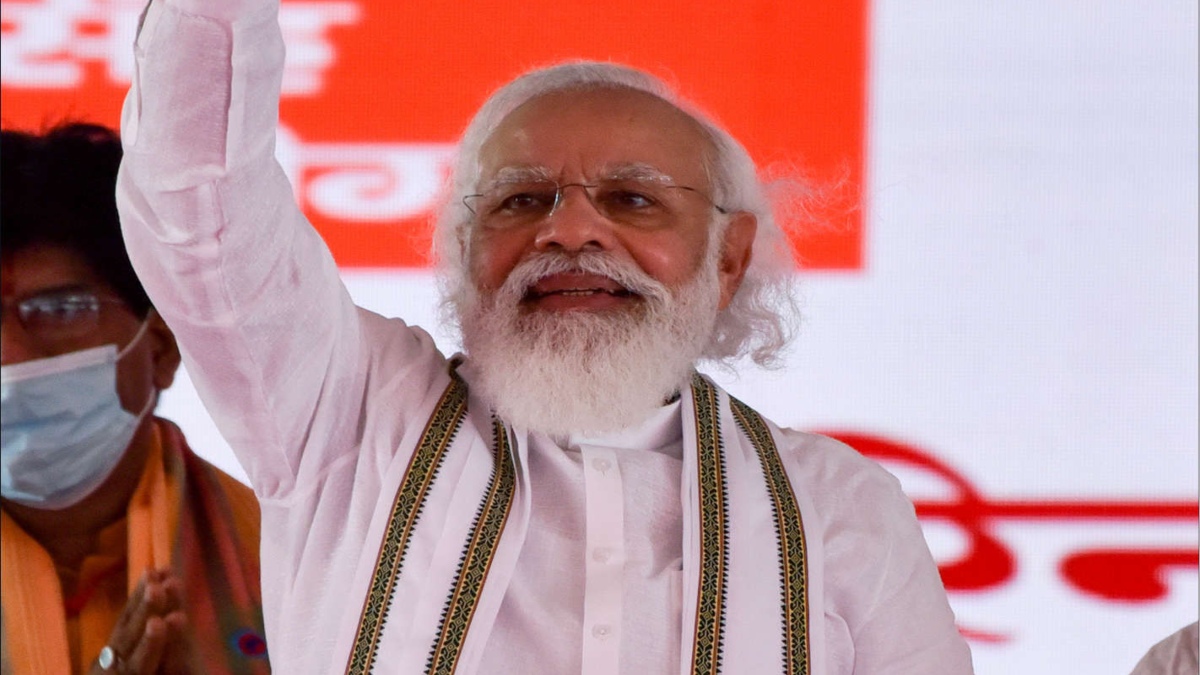
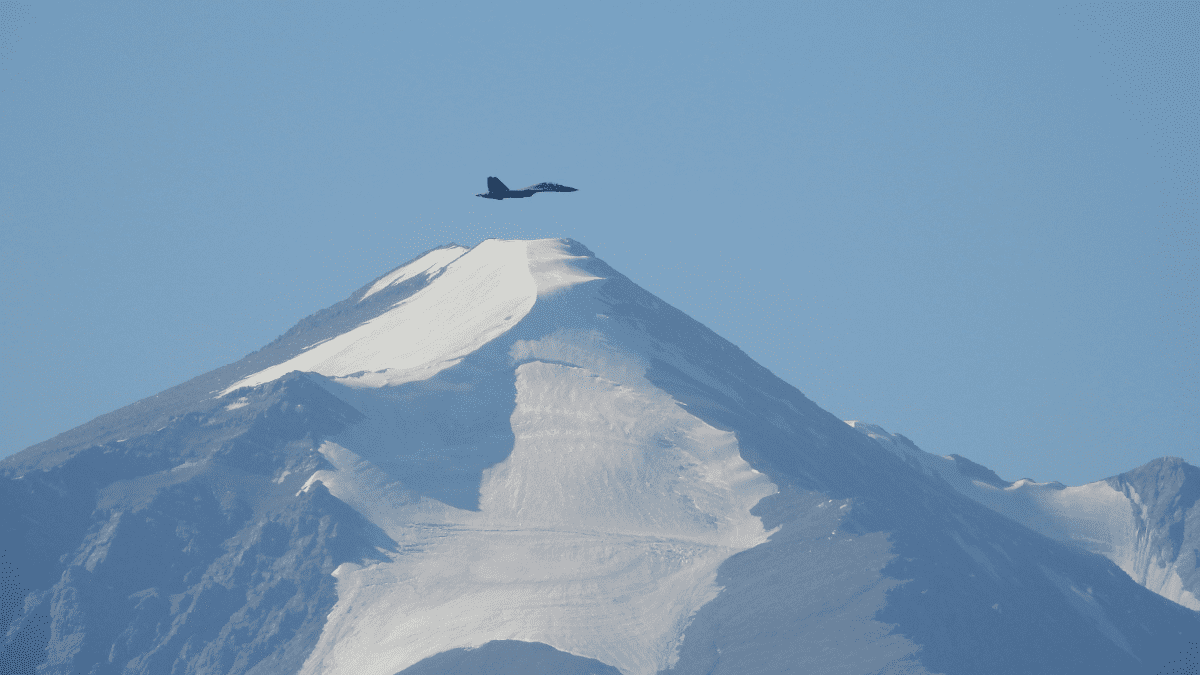
 Opinion1 year ago
Opinion1 year ago
 Sports1 year ago
Sports1 year ago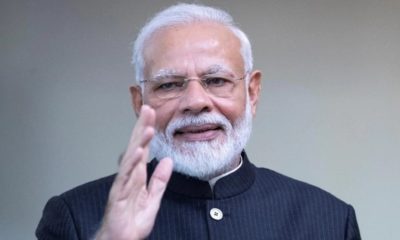
 News1 year ago
News1 year ago
 Spiritually Speaking1 year ago
Spiritually Speaking1 year ago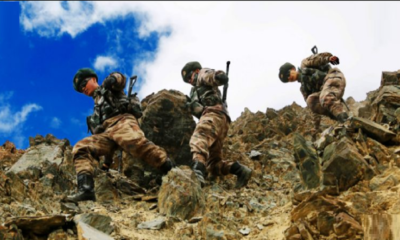
 News1 year ago
News1 year ago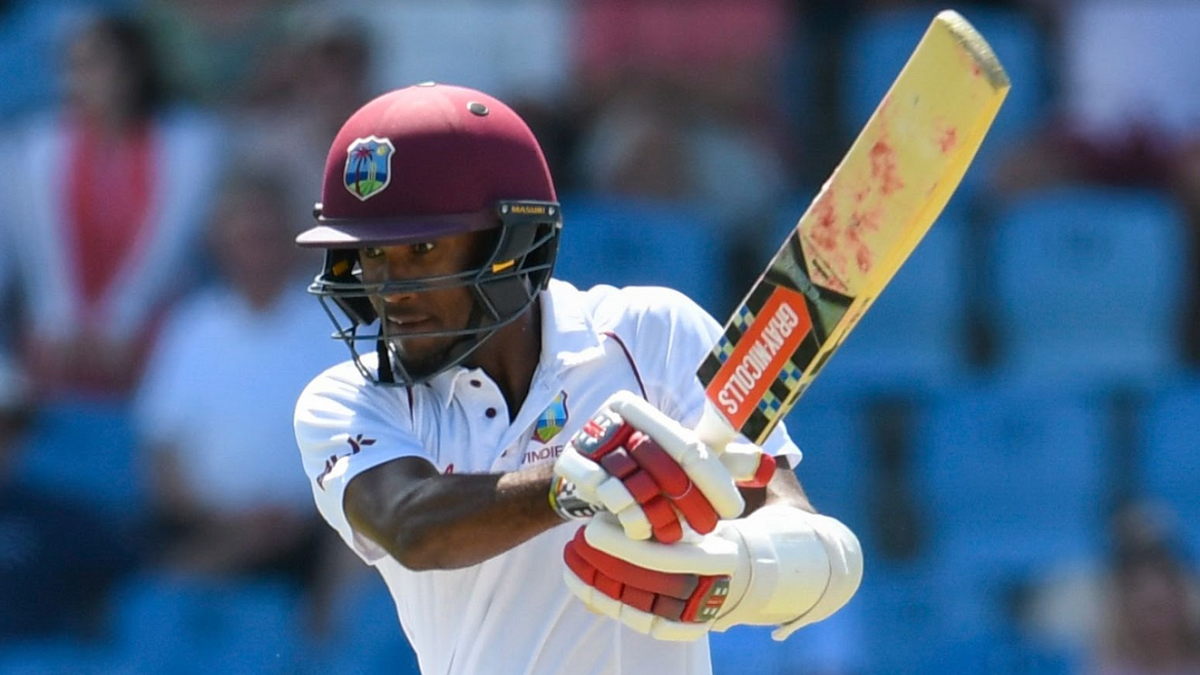
 Sports1 year ago
Sports1 year ago
 Legally Speaking1 year ago
Legally Speaking1 year ago
 Royally Speaking1 year ago
Royally Speaking1 year ago




